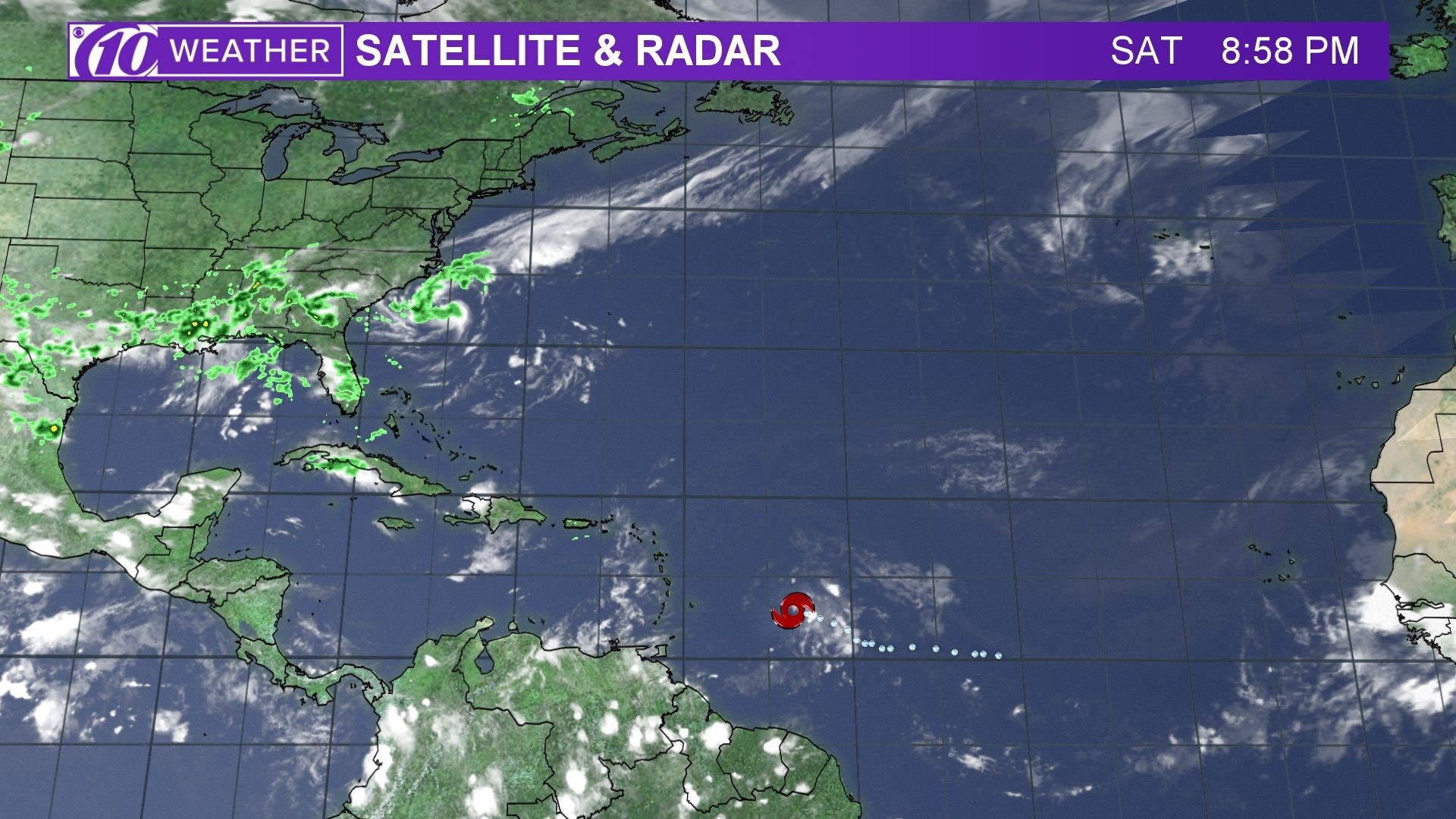Tropical Storm Beryl Spaghetti Models

Tropical storm beryl spaghetti models – Tropical storm spaghetti models are an important tool for meteorologists to predict the path of a storm. They are computer-generated simulations that show the possible paths that a storm could take, based on the current weather conditions. Spaghetti models are not perfect, but they can give meteorologists a good idea of where a storm is headed and how strong it is likely to be.
Deh tropical storm Beryl spaghetti models dem a show dat de storm coulda pass close to Barbados. Fu real, fu real, yuh could check out beryl barbados fuh more info. But nuh worry, de models still a change, so we haffi keep a close eye pon dem.
There are many different types of spaghetti models, each with its own strengths and weaknesses. Some models are better at predicting the path of a storm, while others are better at predicting its intensity. Meteorologists often use a combination of different models to get a more accurate forecast.
Here is an example of a spaghetti model for Tropical Storm Beryl. The model shows the possible paths that the storm could take over the next five days. The thicker lines represent the most likely paths, while the thinner lines represent the less likely paths.
The track of Tropical Storm Beryl can be difficult to predict, as shown by the various spaghetti models. To better understand its potential path, it’s helpful to consult the path of hurricane beryl. By analyzing these models and the storm’s current trajectory, meteorologists can make more accurate forecasts about Beryl’s future movement.
Spaghetti models can be a helpful tool for understanding the potential impacts of a tropical storm. By looking at the spaghetti models, meteorologists can get a good idea of where the storm is headed and how strong it is likely to be. This information can help people make decisions about whether to evacuate or take other precautions.
Analyzing Tropical Storm Beryl Spaghetti Models

Analyzing spaghetti models is a critical component of tropical storm preparedness. These models provide valuable insights into the potential path and intensity of a storm, helping individuals and communities make informed decisions about evacuation and other safety measures.
When analyzing spaghetti models, it is important to identify the key features that can provide valuable information. These features include:
- The cone of uncertainty: This area represents the range of possible paths that the storm may take, based on the current forecast data.
- The spaghetti lines: These lines represent individual model runs, each showing a possible path for the storm.
- The center point: This point represents the most likely location of the storm’s center at a given time.
By observing the patterns and trends in spaghetti models, it is possible to gain insights into the potential behavior of a tropical storm. For example, if the spaghetti lines are clustered together, it indicates that there is a high degree of certainty about the storm’s path. Conversely, if the lines are spread out, it indicates that there is more uncertainty about the storm’s track.
Spaghetti models can also be used to identify potential areas of impact. By looking at the areas where the spaghetti lines intersect, it is possible to determine the regions that are most likely to be affected by the storm.
It is important to note that spaghetti models are not perfect. They are based on computer simulations, and there is always a degree of uncertainty involved. However, by understanding the key features of spaghetti models and how to interpret them, it is possible to use them to make informed decisions about tropical storm preparedness.
Using Tropical Storm Beryl Spaghetti Models in Practice

In order to demonstrate the practical application of spaghetti models, let’s consider a hypothetical scenario involving Tropical Storm Beryl.
Assume that the National Hurricane Center has issued a tropical storm warning for the Gulf Coast from Morgan City, Louisiana, to Apalachicola, Florida. Forecasters are using spaghetti models to predict the path of the storm.
Organizing Spaghetti Models for Comparison, Tropical storm beryl spaghetti models
The spaghetti models are organized into an HTML table for easy comparison:
| Model | Forecast Track |
|---|---|
| GFS | [Image of GFS spaghetti model] |
| ECMWF | [Image of ECMWF spaghetti model] |
| HWRF | [Image of HWRF spaghetti model] |
Actions Based on Spaghetti Model Analysis
Based on the analysis of the spaghetti models, the following actions should be taken:
- Residents in the warning area should monitor the progress of the storm and be prepared to evacuate if necessary.
- Boaters should stay off the water.
- Businesses should secure loose objects and prepare for potential power outages.
- Local governments should activate emergency response plans.